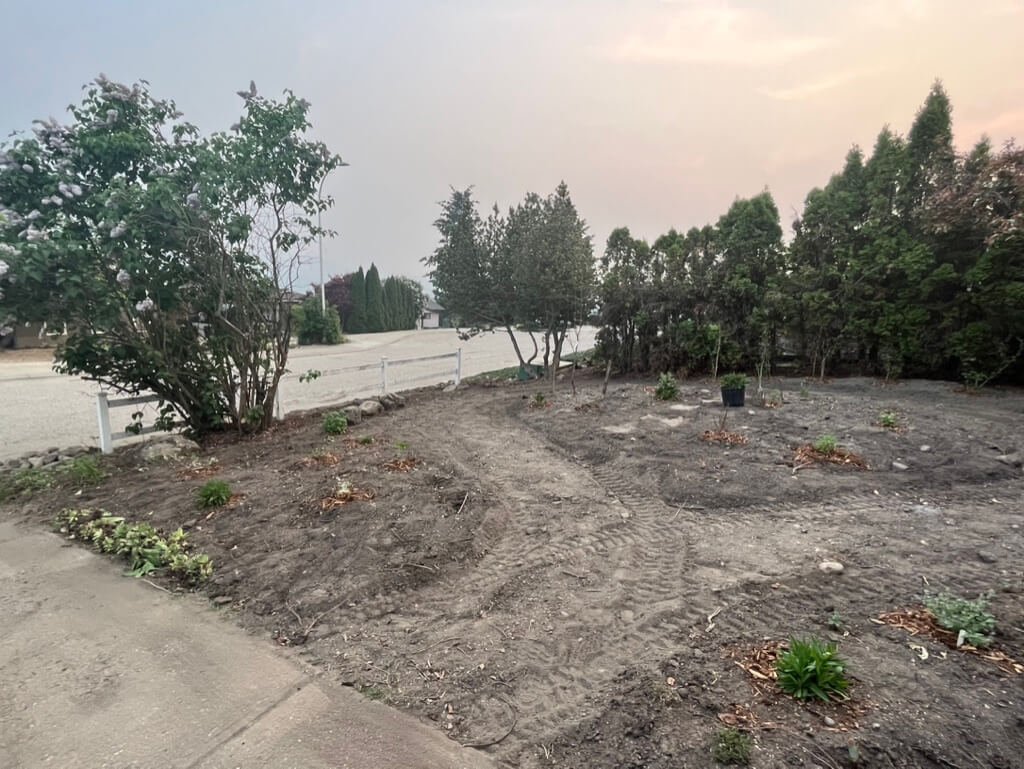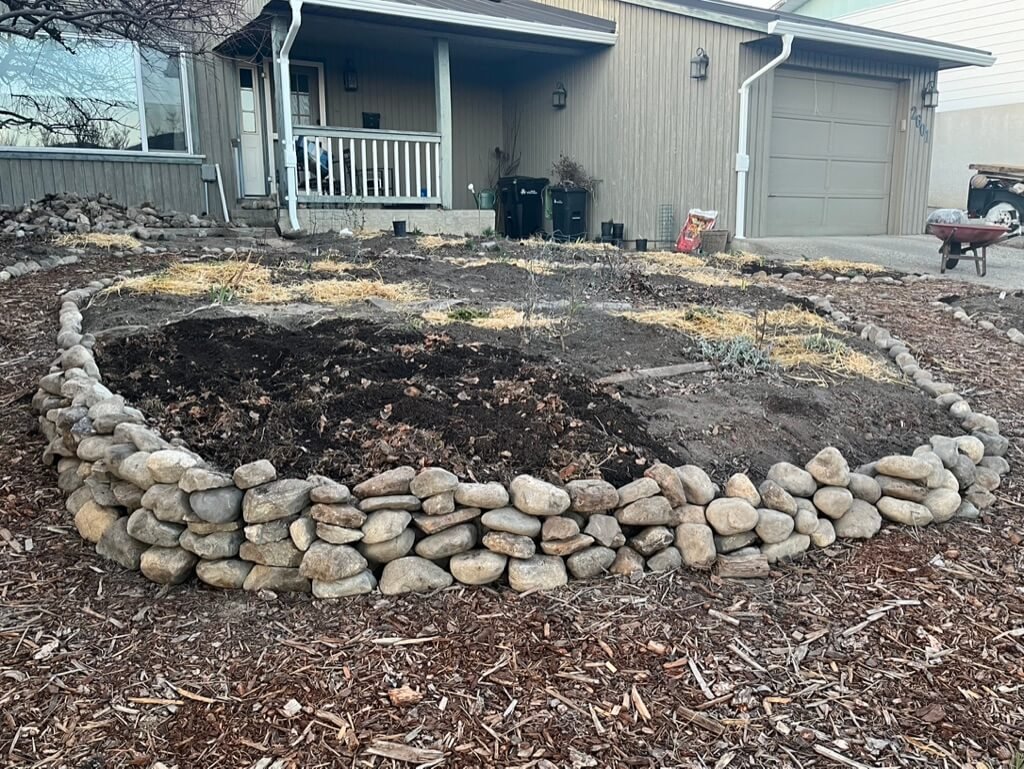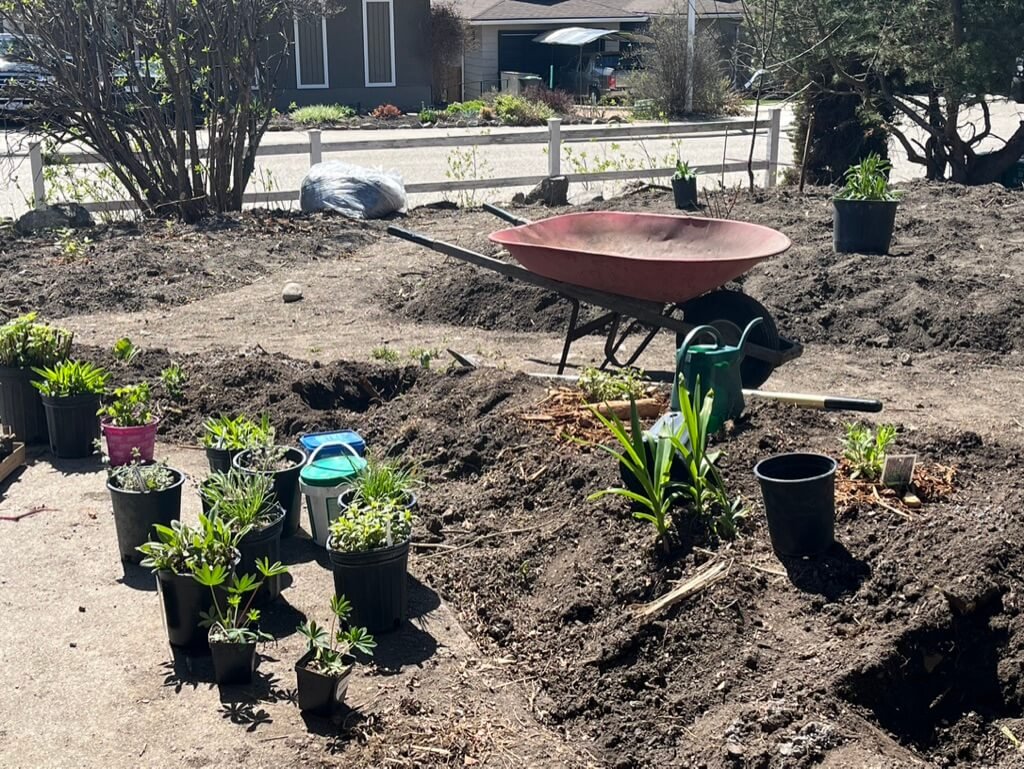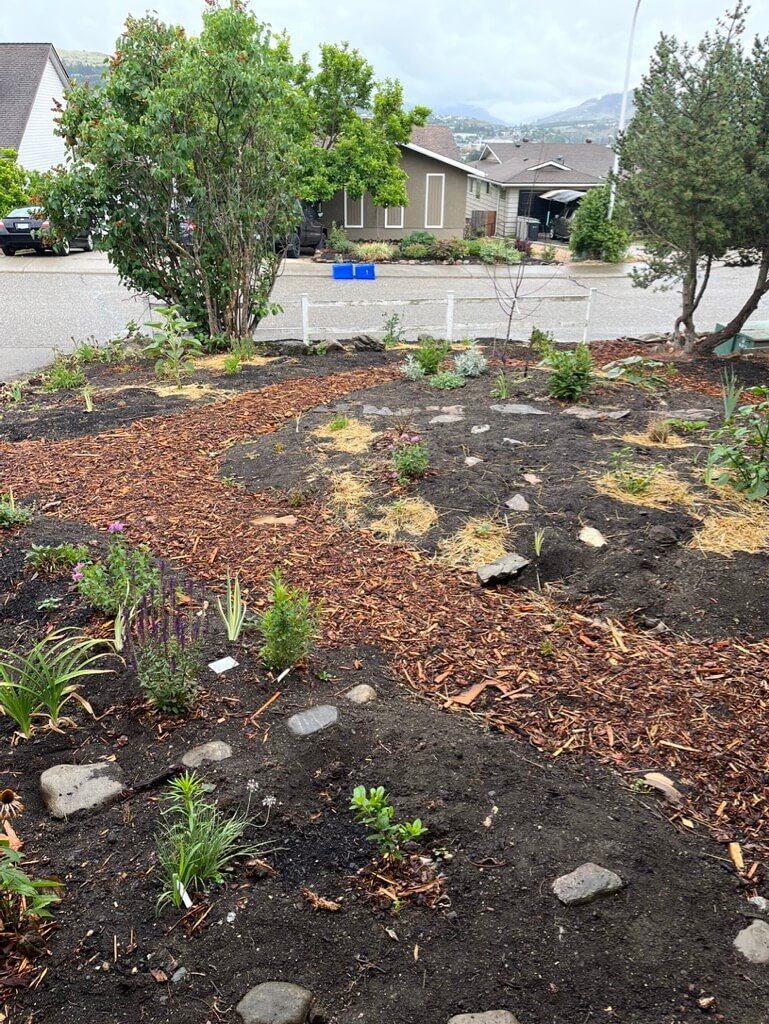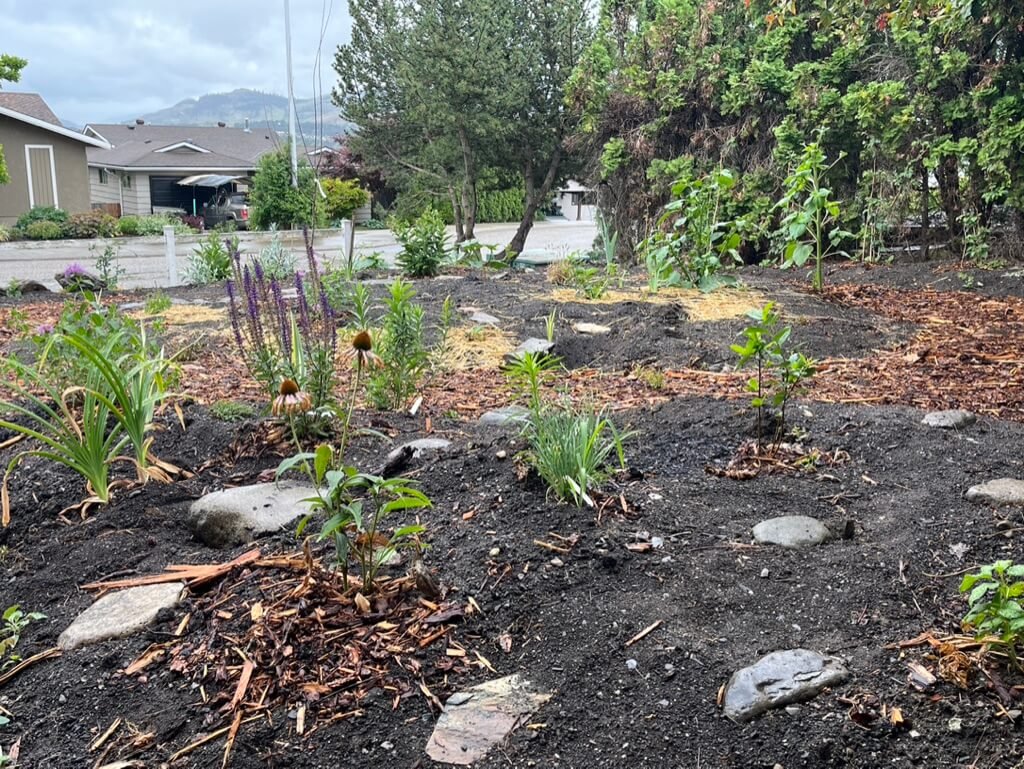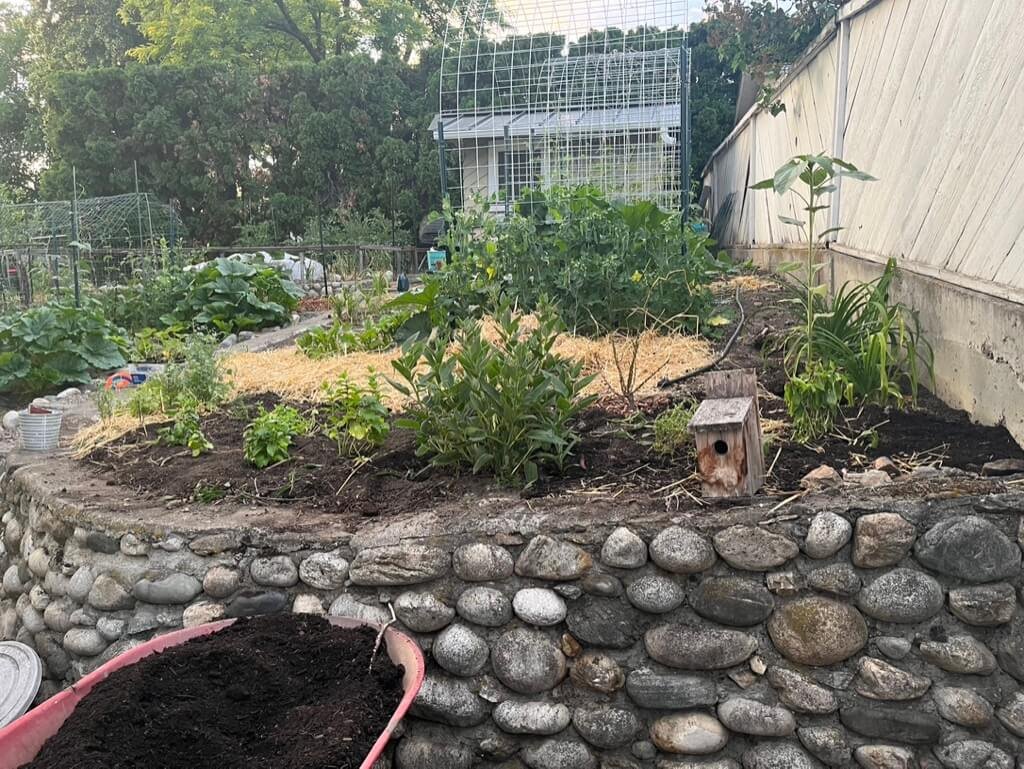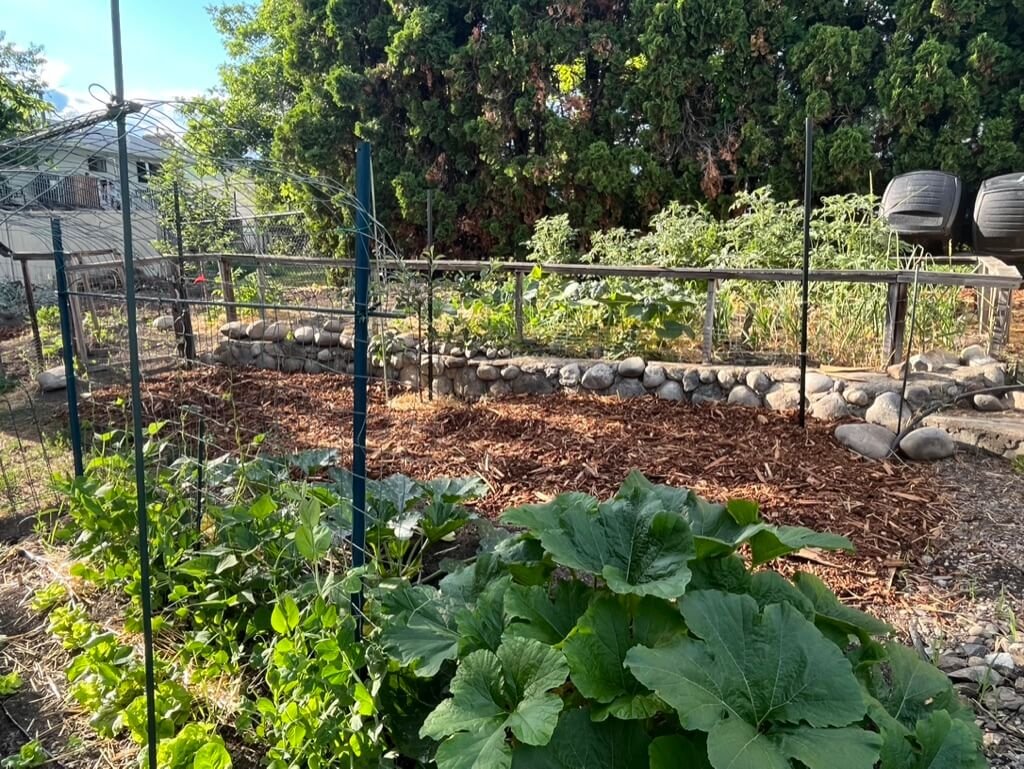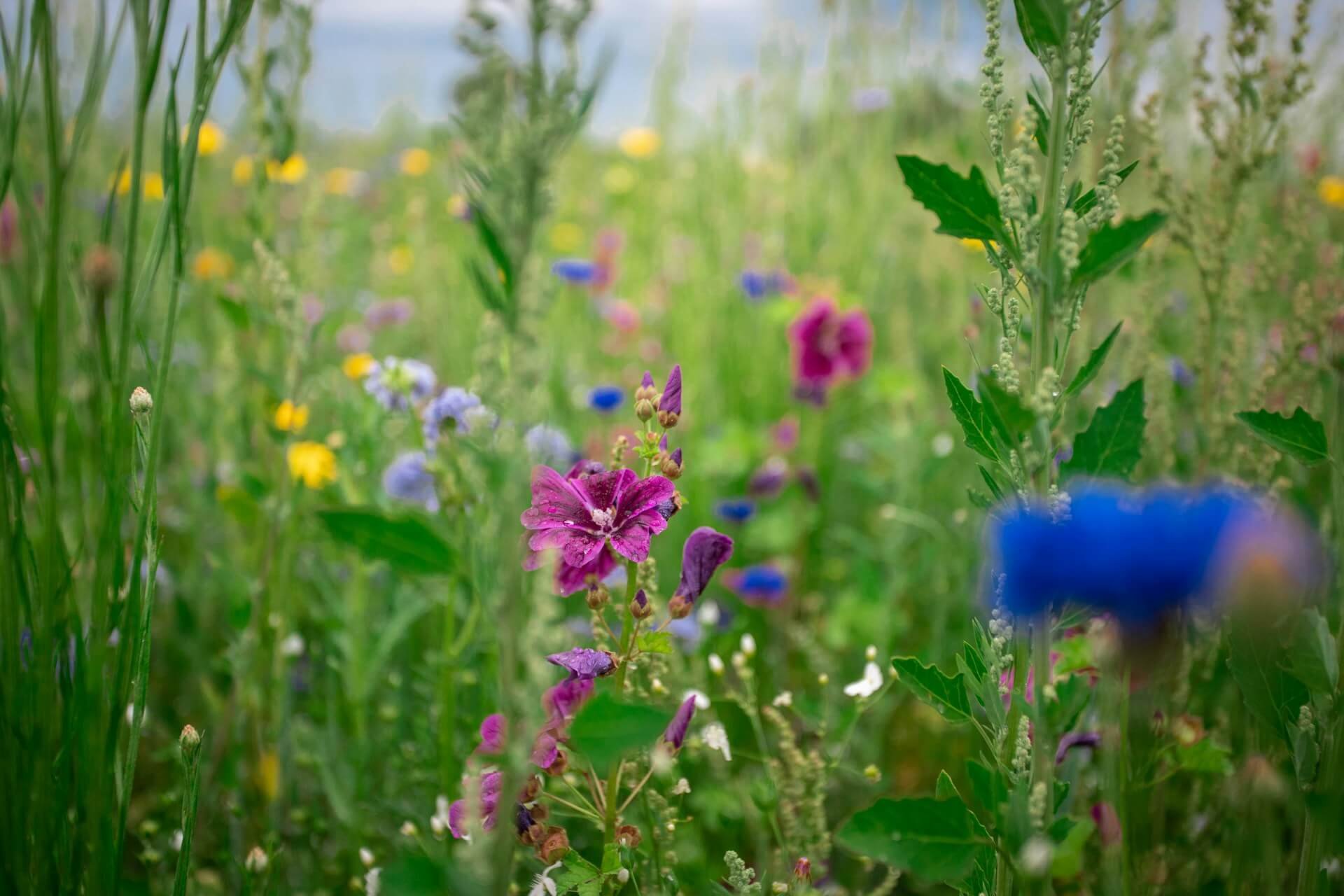
Food Forests
What is a Food Forest or Forest Garden?
Food Forests or Forest Gardens are intentionally created systems comprised mostly of perennial species, like forests, that take into consideration how the diversity of plants works together. Each plant has specific and multiple functions, ensuring all the ecosystem's niches (essential parts they play in the whole system) are filled and self-regulating. A natural system cycles and recycles everything; there is zero waste.
In the first few years, some management will be required, but after that, we want it to function like a natural ecosystem.
What are the benefits?
A focus on soil organic matter (see more in Permaculture and Regenerative Landscape Design) is essential in creating abundant Food Forests as is:
Providing a beautiful and functional system with a multitude and diversity of food (and herbal teas and medicines).
Increasing our self-reliance.
Attracting pollinators and birds.
A creative, productive, and abundant grass alternative.
It is eco-friendly.
Producing no waste as nutrients are cycled throughout the system.
Collecting or harvesting rainwater to nourish the plants.
Reducing or eliminating all of the water and chemicals needed for lawns and the need for a lawn mower.
My interests lie in the countless benefits of moving away from a monoculture growing system to an abundant polyculture growing system, where we combine multiple crops or plant life together in the same space, where each plant serves multiple functions, promotes biodiversity, enhances ecological resilience, and reduces the risk of crop failure.
